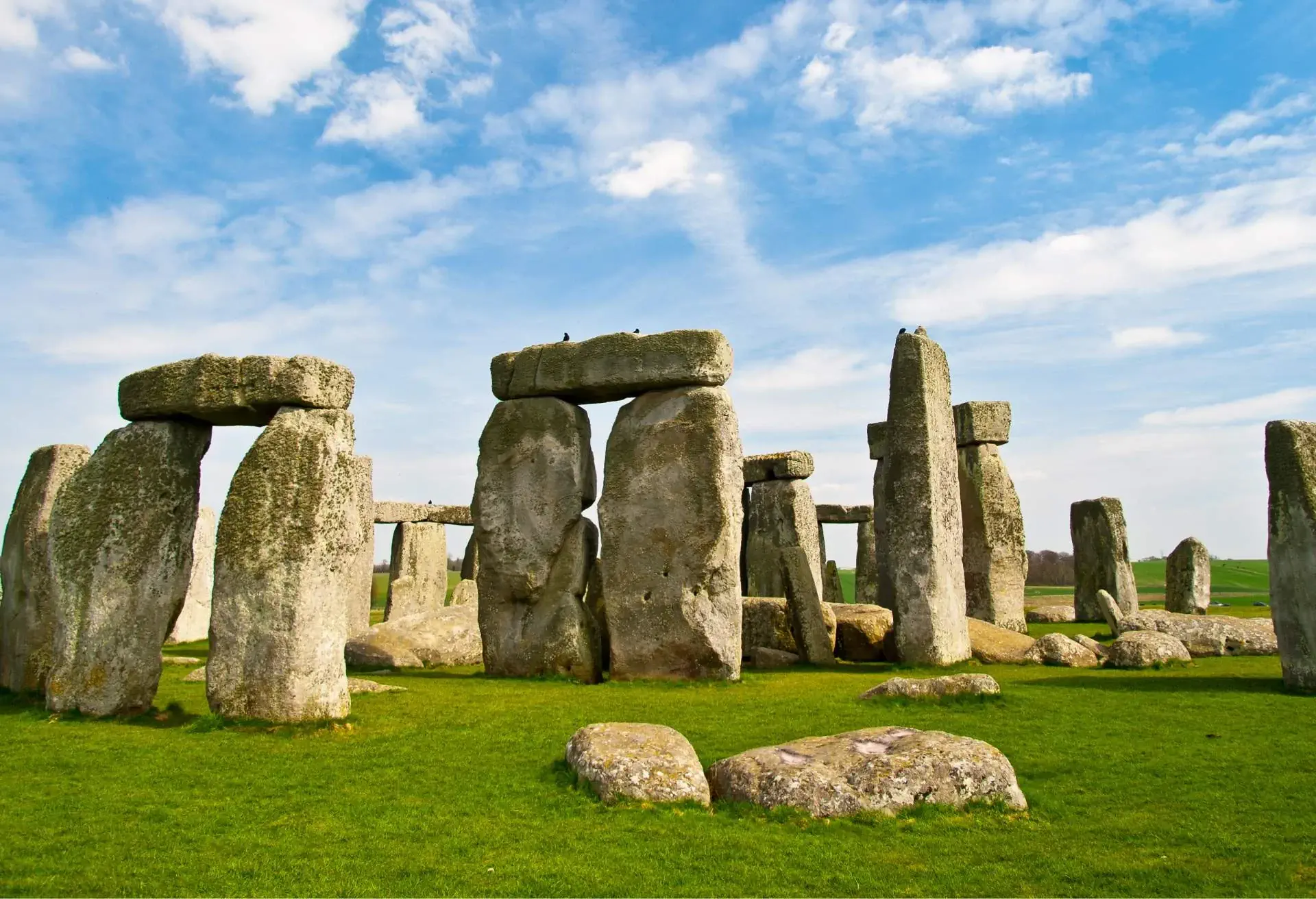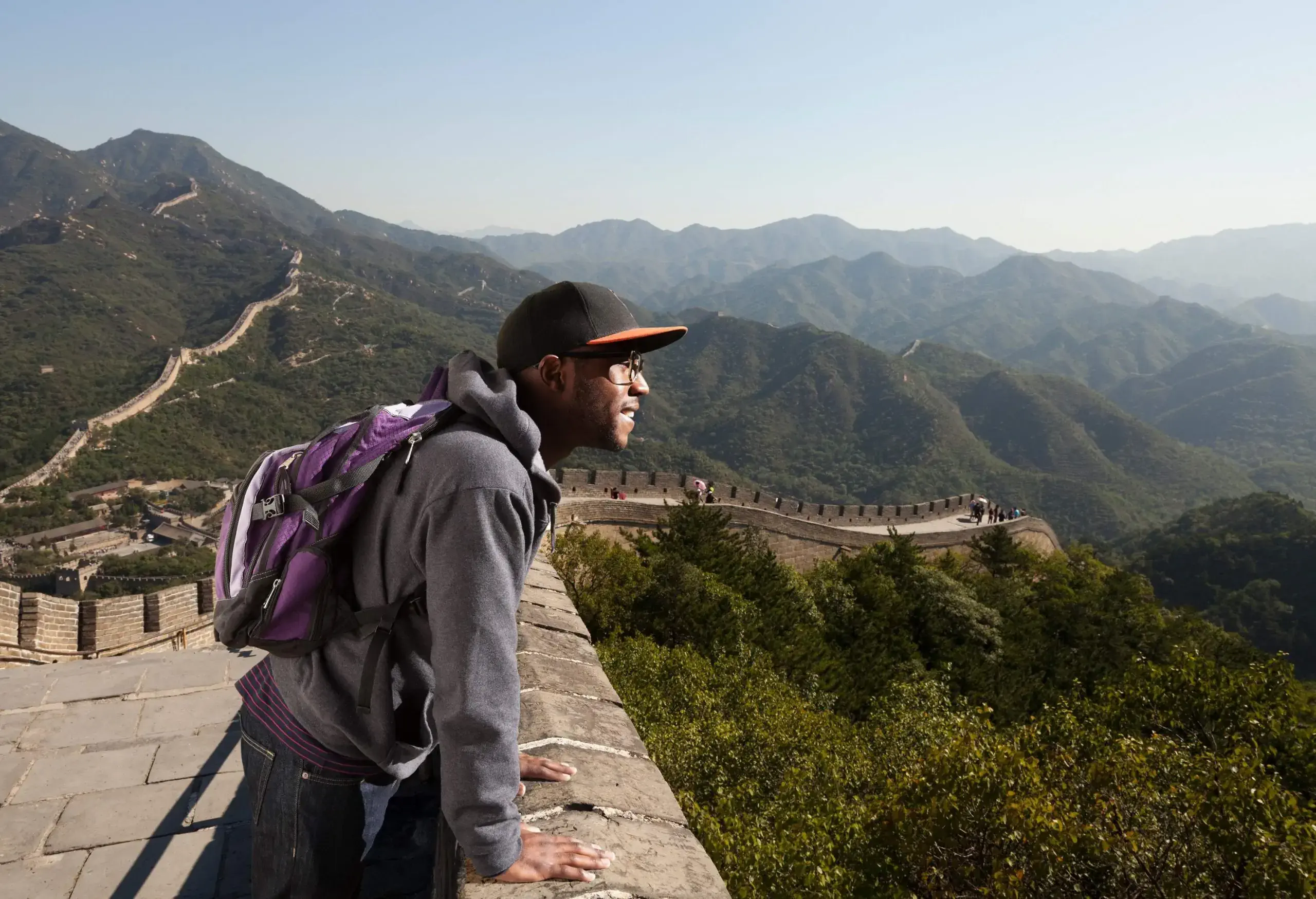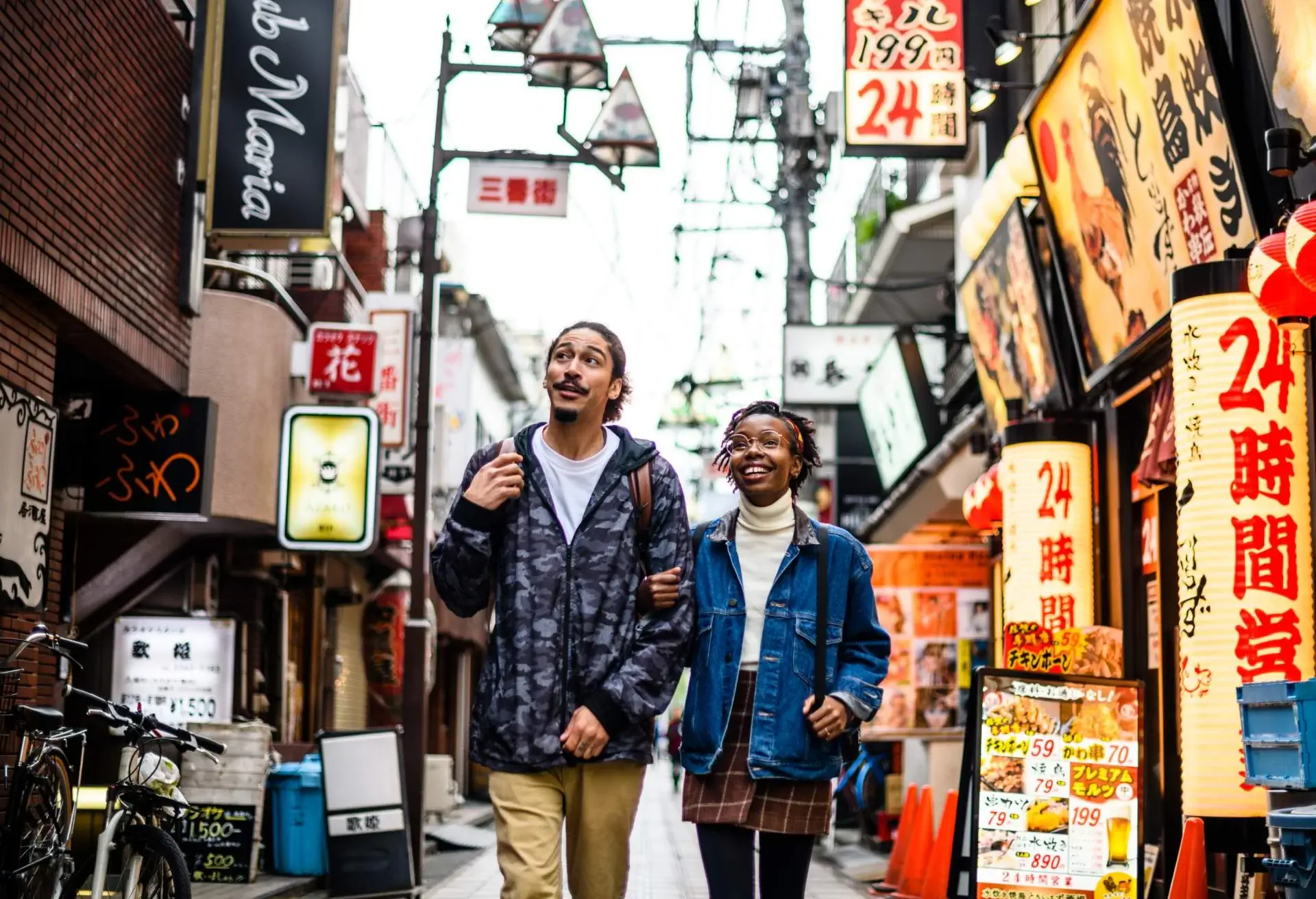Experiencing a new culture is a thrill. It’s part of why we travel. However, a new culture can also mean a new set of social codes and traditions that you need to navigate. Playing dumb to the customs of your host city can backfire. No one wants to be “that guy” who’s ruining a solemn event, or worse — making headlines because you “weren’t aware” of the rules. Here’s how to make sure you’re showing some R-E-S-P-E-C-T while you T-R-A-V-E-L.
1. Do take rituals and ceremonies seriously.
What may seem weird or illogical to you can be completely natural to someone else. So, please be respectful of any customs or traditions and do as the locals do. For example, if the authorities say you have to be indoors and refrain from conspicuous entertainment the entire day during Nyepi, take them seriously. During this holy time, no one is exempt, not even foreigners. But not to fret, the eve of Nyepi as well as the day after usually line up a lot of fun activities for locals as well as tourists. Use this one day of observance to rest, meditate and just relax.
2. Don’t touch anything
Keep your hands to yourself. Especially if you’re attending a ritual at a prehistoric landmark — like the Solstices at Stonehenge or Avebury — do not touch. Not only does this keep the monument clean, it also helps alleviate the danger of erosion. Do your part in protecting these wonders for future generations. And for the love of Pete, if the area is roped off — stay away. We don’t care how epic you think a selfie would be.
3. Do be quiet
The Balinese new year’s observance of Nyepi is a widely known day of silence and meditation, yet travellers should be aware that there are spiritual ceremonies in other cultures which also demand silence. The Whirling Dervishes in Turkey spin around for up to an hour. Audiences are expected to be respectful and not talk or leave until the end of the event. It is still a religious ceremony, after all.
4. Don’t assume photographs are welcome
You, with the selfie stick. Be aware that some communities may be very sensitive about taking images of their ceremonies, monuments or holy structures. Do ask your tour guide or any official-looking personnel if photography is allowed. Sometimes, it’s allowed but not with a flash. Other times, it’s okay but there may be restrictions on the type of equipment (i.e. no tripods or drones). Sites like the Avebury prehistoric site in England, the inside of Buddhist and Taoist temples in Hong Kong and China, Hindu temples in Singapore and certain religious sites in Bangkok all have photo restrictions. Conversely, for Thailand, Laos, Cambodia, Vietnam, Myanmar and Taiwan, the rules surrounding photography are pretty lenient. In any case, it is always good travel etiquette to get permission if you would like to record an event or ceremony.
5. Do watch where you are stepping or sitting
During the Hungry Ghost Festival in Singapore and Malaysia, concert-like performances are staged in residential areas. Chairs are arranged for the audience, but be sure not to sit in the first row. These seats are reserved for the “ghosts of honor.” Local lore holds that anyone sitting there risks catching some kind of illness as a result. You will also need to watch your step to avoid treading on the food and incense on the ground, put there for the ghosts.
6. Don’t intervene
There are some spiritual ceremonies which may seem dangerous to the uninitiated. And we get it — without the proper cultural context it can be nearly impossible to understand the traditions and customs of other people. However, what’s important is to realise that there is a rich history and culture behind every tradition, even if you yourself don’t understand it. So when you witness Shi’a Muslims whip their backs with knives on chains during the Mourning of Muharram in Bangladesh, or Hindus pulling chariots with chains hooked into the skin on their backs during Thaipusam in Batu Caves, Kuala Lumpur or Penang, you may not understand what you’re seeing. But this is why you travel. So try to accept it and, whatever you do, don’t try to talk them out of it. You’ll only succeed in displaying your own cultural ignorance.
7. Do watch your dress code
Just like you wouldn’t want a guest showing up in their skivvies to your dinner party, you should be prepared to dress appropriately for the occasion when you travel. As a rule, it’s always a good idea to dress conservatively when visiting any religious site. In Rome, if you are exploring the Vatican, keep your shoulders and thighs covered. In Bali, Cambodia, India, Japan and Thailand, you can enter the many religious sites as long as you’re covered down to your knees and elbows. In some spots, they may ask that you drape a scarf over your head and shoulders as well. In stricter regions such as Turkey, Kenya and the Middle East, be prepared to cover up your entire body in loose-fitting attire, including your ankles, arms and hair. Also, remember to remove your shoes before you enter a Muslim mosque or a Buddhist or Hindu temple.







